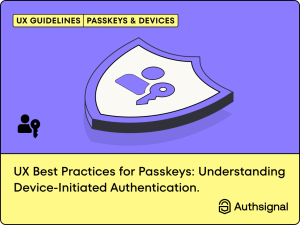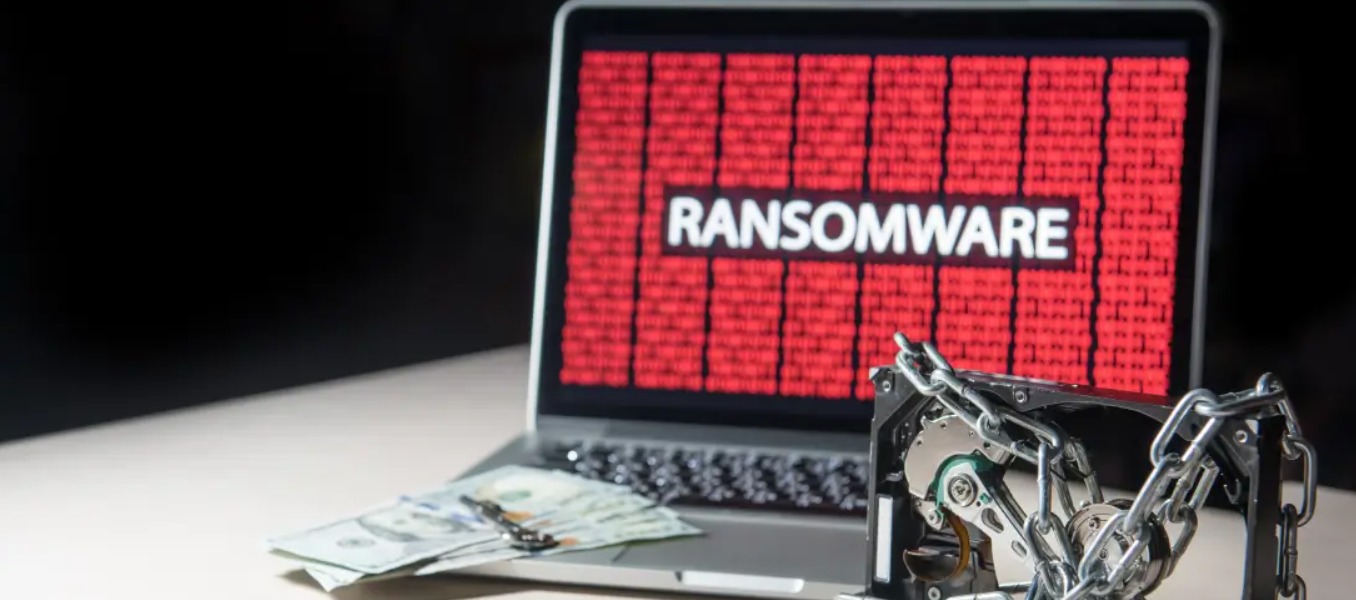
As ransomware attacks surge in sophistication and frequency, businesses and organizations of all sizes face heightened risks. These attacks disrupt operations, lead to significant financial losses, and can irreparably damage reputations. Over the past decade, ransomware has grown from isolated incidents to a pervasive global threat, making robust cybersecurity practices essential.
One of the most effective defenses against ransomware is implementing encrypted drives for data protection. Encrypted drives safeguard sensitive information and are essential for maintaining business continuity in the event of an attack.
SecureData, a leader in secure storage solutions, offers insights on how ransomware spreads and explores the benefits of encrypted drives. Encrypted drives play a crucial role in data backup and recovery, helping prevent catastrophic data loss.
Key Solutions from SecureData
- SecureDrive® BT: Offers military-grade encryption with management via an Android or iOS app.
- SecureDrive® KP: Provides hardware encryption with secure keypad authentication.
- SecureUSB® BT: Delivers data security on a flash drive, with mobile app access.
- SecureUSB® KP: Features a built-in keypad for secure data access.
- Remote Management Console: Allows administrators to control data access and manage local backups.
Understanding the Ransomware Threat
Ransomware encrypts a victim’s files and demands payment for the decryption key. Over time, these attacks have evolved into highly sophisticated operations, affecting businesses, governments, and individuals worldwide. In 2023, ransomware attacks increased by 70%, with incidents occurring every second on average. The high costs associated with these attacks, averaging $5.3 million per incident, underscore the urgency for organizations to strengthen their cybersecurity defenses.
Evolving Ransomware Tactics
Modern ransomware tactics have become increasingly complex, encompassing strategies such as:
- Ransomware-as-a-Service (RaaS): Enables affiliates to customize ransomware and handle ransom negotiations.
- Double Extortion: Encrypts data and threatens to release sensitive information if the ransom isn’t paid.
- Exploiting Vulnerabilities: Targets unpatched software vulnerabilities to gain network access.
- Initial Access Brokers (IABs): Brokers sell access to compromised networks, enabling ransomware deployment.
- Phishing and Social Engineering: Deceives victims into downloading malware via fake emails or messages.
- Advanced Persistent Threats (APTs): Allows attackers to stay undetected within networks, collecting data for a larger ransomware deployment.
- Use of Legitimate Tools for Lateral Movement: Attackers use legitimate network tools to deploy ransomware and escalate privileges.
- Encrypted Communications and Anonymization: Attackers use encrypted communication methods to evade detection and secure anonymity.
Contributing Factors to Ransomware Growth
Several trends contribute to the surge in ransomware attacks, including:
- Increased Digitalization: Expands cybercriminals’ attack surfaces as more devices and data points become accessible.
- Remote Work Vulnerabilities: The rise in remote work has led to weaker security measures and new vulnerabilities.
- Ransomware-as-a-Service (RaaS): Lowers entry barriers, enabling less technical individuals to launch attacks.
- Unpatched Software: Many organizations delay or overlook critical patches, leaving vulnerabilities exposed.
- Poor Cyber Hygiene: Weak passwords, lack of multi-factor authentication, and insufficient network segmentation increase exposure.
The Cost of Ransomware Attacks
The financial impact of ransomware can be overwhelming. Besides immediate operational downtime, businesses face costs related to ransom payments, data recovery, legal fees, and reputational damage. Cybersecurity Ventures estimates ransomware will cost victims $265 billion annually by 2031.
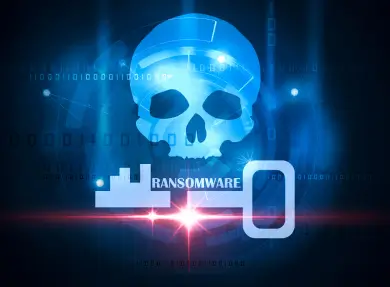
- Downtime: Veeam estimates downtime costs can reach $1,467 per minute for large companies.
- Recovery Costs: From forensics to legal counsel, ransomware recovery can involve extensive resources.
- Legal Fines: Data breaches may incur significant penalties, as seen with the FTC’s $5 billion fine to Facebook after the Cambridge Analytica scandal.
- Supply Chain Disruptions: Critical infrastructure attacks disrupt supply chains, as seen in the Colonial Pipeline attack.
- Insurance Premiums: Cyber insurance costs are increasing as attacks become more frequent.
How Secure Data’s Encrypted Drives Can Defend Against Ransomware
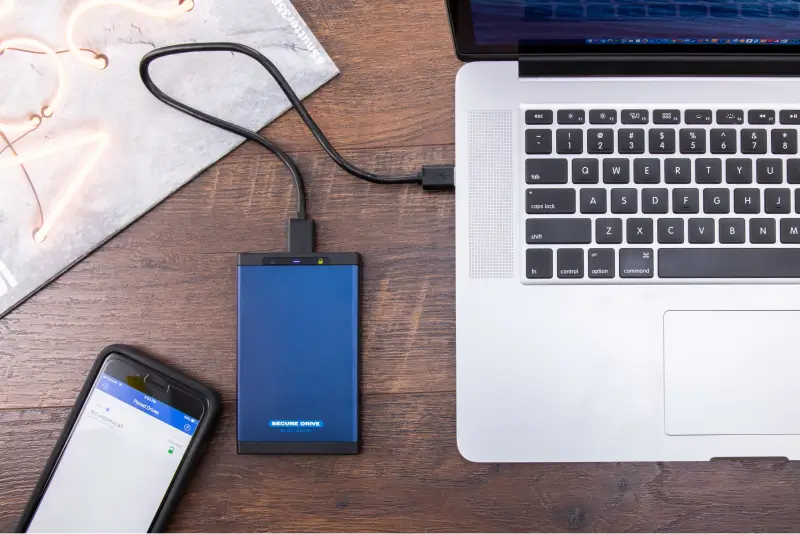
To combat ransomware threats, offline, encrypted storage solutions offer a proactive line of defense. SecureData’s encrypted drives, which use advanced encryption algorithms, secure data so it remains unreadable without the correct decryption key. These drives are ideal for offline backups, enabling organizations to protect critical data and maintain access even in the face of cyber threats.
SecureData’s product line meets the highest standards of data protection, as recommended by the Cybersecurity and Infrastructure Security Agency (CISA). SecureData’s award-winning, FIPS-certified encrypted drives provide robust security for sensitive information.
SecureDrive® BT and SecureDrive® KP

These FIPS 140-2 Level 3 validated drives offer secure external storage with convenient access options:
- SecureDrive® BT: Unlocks via a mobile app.
- SecureDrive® KP: Features PIN-based access with a built-in keypad.
SecureUSB® BT and SecureUSB® KP
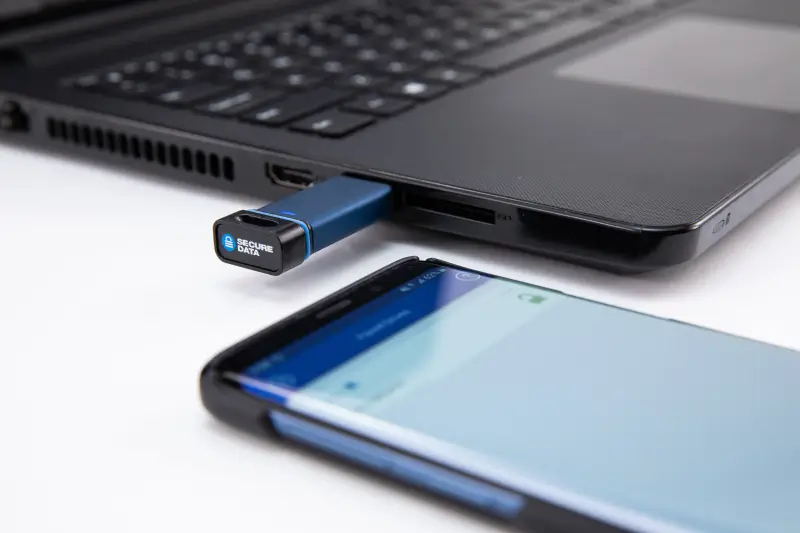
SecureData’s flash drives, SecureUSB® BT and SecureUSB® KP, offer hardware encryption with tamper-resistant coatings. All data is wiped from these drives after ten incorrect password attempts, ensuring they remain secure even if misplaced.
Remote Management Console
For enterprise security, SecureDrive® BT integrates with SecureData’s Remote Management Console, enabling administrators to control access and track data usage. This platform provides centralized management for enhanced data protection.
Protect Your Business with SecureData Encrypted Drives
In the event of a ransomware attack, time is of the essence. Preventative measures such as using encrypted drives can ensure that essential data remains accessible, reducing the impact on business operations. Key benefits of encrypted drives include:
- Business Continuity
- Data Integrity and Confidentiality
- Reduced Risk of Infection
- Compliance with Regulations
- Physical Security
With over a decade of experience in ransomware data recovery, SecureData offers flexible and reliable services to reunite businesses with their data. From diagnostics to emergency data recovery, their commitment is clear: No Data, No Recovery Fee.
About DT Asia
DT Asia began in 2007 with a clear mission to build the market entry for various pioneering IT security solutions from the US, Europe and Israel.
Today, DT Asia is a regional, value-added distributor of cybersecurity solutions providing cutting-edge technologies to key government organisations and top private sector clients including global banks and Fortune 500 companies. We have offices and partners around the Asia Pacific to better understand the markets and deliver localised solutions.
How we help
If you need to know more about how encrypted drives prevent data loss from ransomware, you’re in the right place, we’re here to help! DTA is Secure Data’s distributor, especially in Singapore and Asia, our technicians have deep experience on the product and relevant technologies you can always trust, we provide this product’s turnkey solutions, including consultation, deployment, and maintenance service.
Click here and here and here to know more: https://dtasiagroup.com/secure-data/

